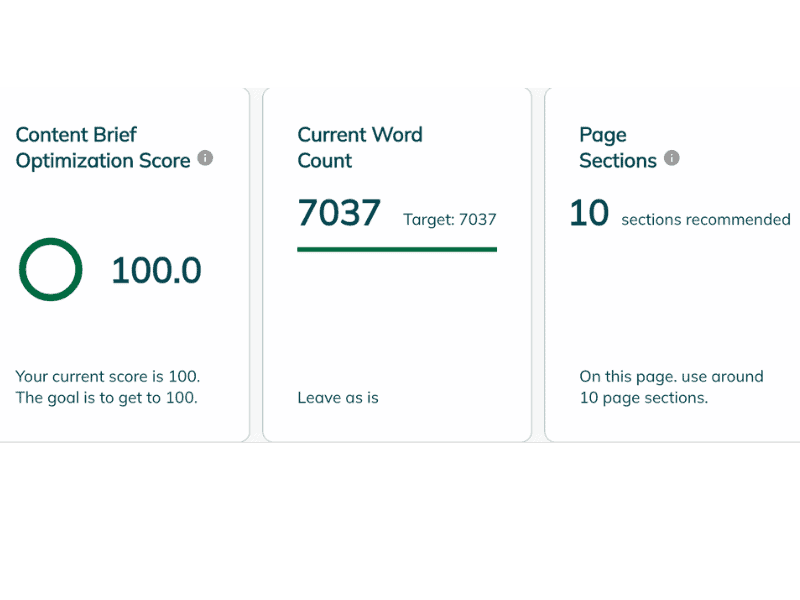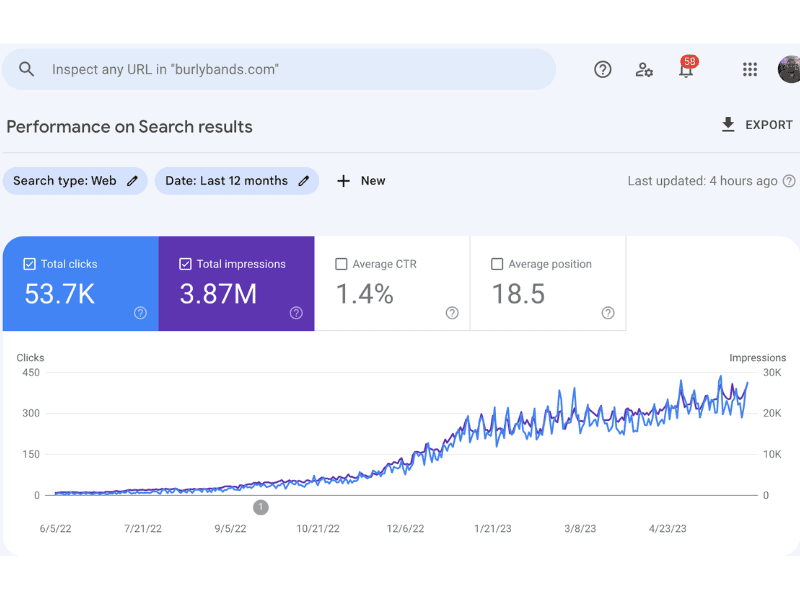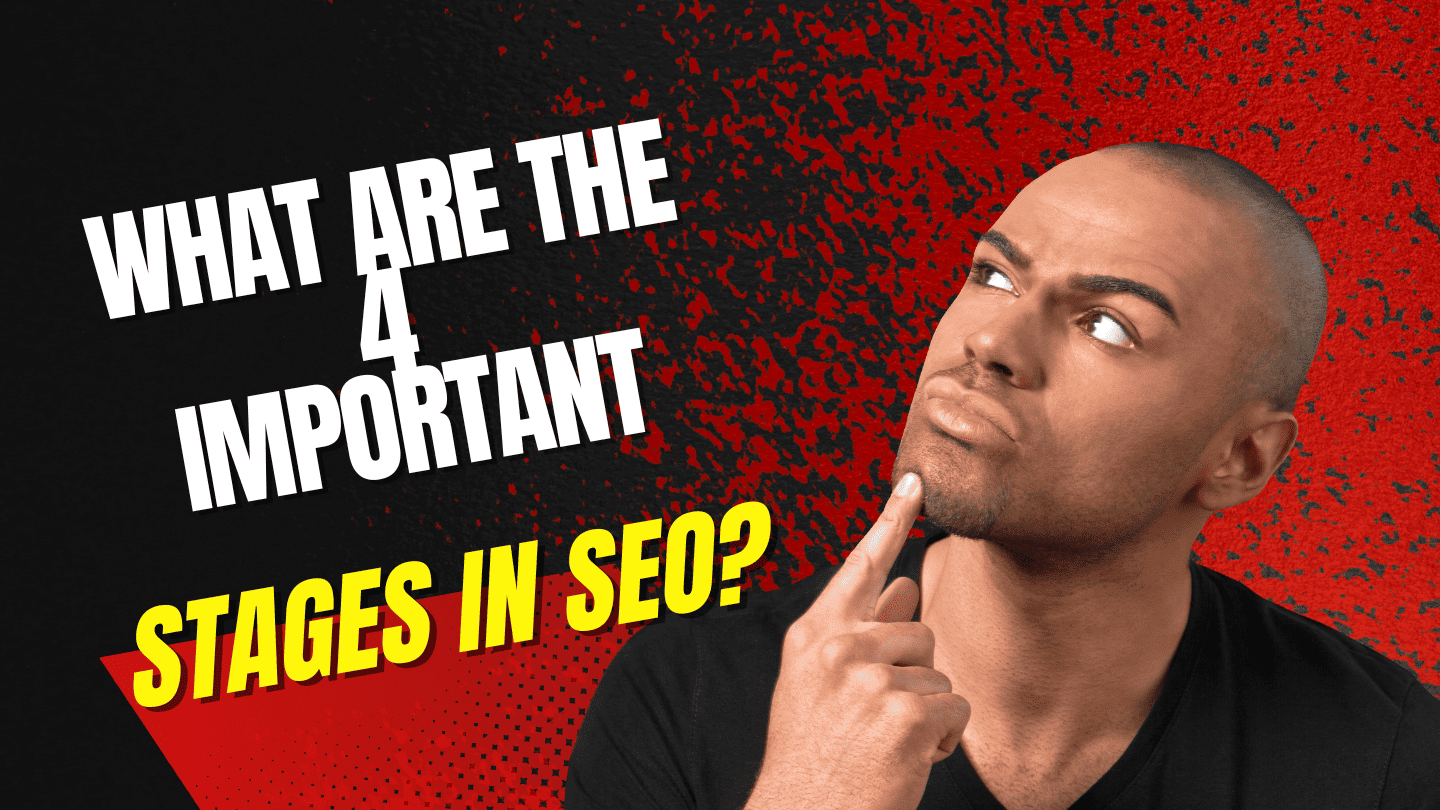The 4 Stages of SEO: A Comprehensive Guide to Search Engine Optimization
Search engine optimization (SEO) is a crucial aspect of digital marketing that helps businesses improve their online visibility and attract organic search traffic. SEO involves various strategies and techniques to optimize web pages and increase their rankings on search engine results pages (SERPs). To achieve success in SEO, it’s essential to understand the four main stages that form the foundation of an effective SEO campaign.
Search Engine Optimization (SEO) is an essential aspect of digital marketing that aims to improve a website’s visibility and organic search rankings on search engine results pages (SERPs). It involves a series of strategic steps and stages to optimize a website and increase its chances of being found by potential customers. In this comprehensive guide, we will delve into the four main stages of SEO and explore the key phases that business owners and digital marketers should focus on for SEO success.
Understanding SEO: What Are the Basics?
Before diving into the stages of SEO, it’s crucial to understand what SEO entails. SEO is optimizing web pages and implementing strategies to improve search traffic and organic rankings. It involves various techniques, including keyword research, onsite optimization, content creation, link building, and technical SEO. By optimizing these elements, businesses can enhance online visibility, attract targeted traffic, and increase conversions.
Stage 1: Onsite Optimization for Improved Search Rankings
The first stage of SEO is onsite optimization, which involves optimizing various aspects of your website to align with search engine algorithms and user expectations. Onsite optimization focuses on improving your web pages’ technical structure, design, and content. Here are the critical steps involved in this stage:
1. Keyword Research: Conduct thorough keyword research to identify your business’s most relevant and high-performing keywords. These keywords will be used strategically in your content and meta tags.
2. Meta Tags: Optimize your page titles, meta descriptions, and headers to include target keywords. These elements help search engines understand the relevance of your content and display it correctly on SERPs.
3. Content Optimization: Craft high-quality, engaging, and informative content that incorporates your target keywords naturally. Ensure your content is well-structured with proper headings, subheadings, and bullet points for easy readability.
4. URL Structure: Create SEO-friendly URLs that include relevant keywords and accurately reflect the content of your web pages. Search engines and users alike prefer short, descriptive URLs.
5. Internal Linking: Implement a strategic internal linking strategy to connect related pages within your website. Internal links help search engines crawl and index your site effectively, improving user navigation and engagement.
Stage 2: Crafting Compelling Content for SEO Success

Content is the backbone of any successful SEO campaign. In this stage, you will create high-quality, relevant, and valuable content that attracts both search engines and your target audience. Here are the key steps to follow:
1. Content Strategy: Develop a content strategy that aligns with your business goals, target audience, and SEO objectives. Determine the types of content you will create, such as blog posts, articles, videos, or infographics.
2. Keyword Optimization: Incorporate your target keywords naturally into your content while maintaining a conversational tone. Avoid keyword stuffing, as it can negatively impact your rankings.
3. Fresh and Engaging Content: Regularly publish fresh, informative, and engaging content that resonates with your audience. Consider addressing their pain points, answering common questions, and providing unique insights.
4. Multimedia Elements: Enhance your content by incorporating multimedia elements like images, videos, and infographics. Visual content enhances user experience and increases the chances of attracting backlinks from other websites.
Stage 3: Offsite SEO Strategies to Boost Website Authority
Offsite SEO refers to strategies implemented outside your website to improve its online reputation and authority. This stage focuses on building quality backlinks, increasing brand exposure, and establishing credibility. Here are the key steps to consider:
1. Link Building: Develop a solid link-building strategy to acquire high-quality backlinks from authoritative and relevant websites. Seek opportunities for guest blogging, influencer collaborations, and industry directories.
2. Online Directories and Listings: Submit your website to reputable online directories and listings relevant to your industry. This helps improve your online visibility and boosts your chances of appearing in local search results.
3. Social Media Engagement: Leverage social media platforms to engage with your target audience, share valuable content, and build brand awareness. Social signals like likes, shares, and comments can indirectly impact your search rankings.
4. Online Reviews and Reputation Management: Encourage satisfied customers to leave positive reviews on Yelp, Google My Business, and industry-specific review sites. Positive reviews improve your online reputation and can influence search engine rankings.
Read about: How Many Blog Posts Should You Publish in a Week?
Stage 4: Monitoring and Adjusting Your SEO Efforts for Long-Term Success

SEO is an ongoing process that requires constant monitoring, analysis, and adjustments. In this final stage, you will focus on measuring the effectiveness of your SEO efforts and making necessary changes for long-term success. Here are the key steps involved:
1. Analytics and Reporting: Use web analytics tools like Google Analytics to track key metrics such as organic traffic, conversion rates, and keyword rankings. Regularly review these metrics to gain insights into the performance of your SEO campaign.
2. Performance Evaluation: Evaluate the effectiveness of your SEO strategies and tactics by comparing them against your predefined goals and objectives. Identify areas for improvement and make data-driven decisions to refine your SEO approach.
3. Algorithm Updates and Industry Changes: Stay updated with search engine algorithm changes and industry trends to ensure your SEO strategies remain effective. Adjust your tactics accordingly to adapt to evolving search engine guidelines.
4. Continuous Learning: Invest in ongoing education and stay informed about the latest SEO techniques, tools, and best practices. SEO is a dynamic field, and staying ahead of the curve is crucial for maintaining a competitive edge.
Read about: Why do our search rankings drop on weekends?
Implementing the 4 Stages of SEO for Effective Website Optimization
In conclusion, mastering the art of search engine optimization (SEO) is crucial for enhancing your website’s visibility, attracting targeted traffic, and ultimately increasing conversions. By familiarizing yourself with the fundamental principles of SEO and adhering to the four main stages—Onsite Optimization, Crafting Compelling Content, Offsite SEO Strategies, and Monitoring and Adjusting—you can develop a comprehensive and highly effective SEO strategy for your business. Understanding the significance of each stage in optimizing your website’s performance on search engine result pages (SERPs) will enable you to stay ahead of the competition and capitalize on the immense potential that Google and other search engines offer.
The first stage, Onsite Optimization, involves optimizing various website page elements to align with SEO best practices. By employing proper keyword research, optimizing meta tags, improving site structure, and ensuring fast page load times, you can make your website more search engine-friendly and enhance its chances of ranking higher in relevant search queries.
Crafting Compelling Content constitutes the second stage, which emphasizes creating high-quality, relevant, and engaging content for your website. By focusing on providing valuable information to your audience and incorporating targeted keywords naturally into your content, you can attract and retain visitors while also signaling to search engines that your website is a credible and authoritative source.
Offsite SEO Strategies encompass the third stage, involving activities outside your website but contributing to its overall visibility and authority. Building high-quality backlinks from reputable websites, engaging in social media marketing, and leveraging online partnerships can improve your website’s offsite SEO, helping to boost its search engine rankings.
Lastly, Monitoring and Adjusting form the fourth and ongoing stage of SEO. Continuously tracking the performance of your website, analyzing user behavior, monitoring keyword rankings, and keeping an eye on industry trends and algorithm updates are vital for adapting your SEO strategy as needed. The digital landscape is ever-changing, and staying ahead requires constant vigilance and adaptation.
By embracing these four main stages of SEO, you can establish a strong foundation for your website’s online presence and increase your chances of achieving long-term success. Remember, SEO is a dynamic process that requires continuous effort and refinement. By dedicating time and resources to SEO and staying abreast of industry developments, you can position your business for sustained growth and capitalize on the opportunities presented by search engines like Google.



